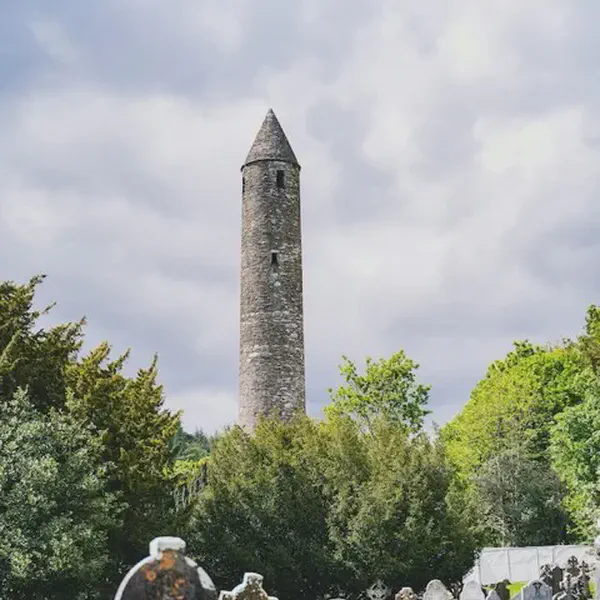On August 25, 1778 in Celtic History
Last pagan sacrifice conducted publicly in the celtic world, at loch maree, scotland

Loch Maree is a body of water in the Ross and Cromarty region of the Scottish Highlands. At 20 kilometers long and with a maximum width of 4 kilometers, it is the fourth largest freshwater loch in Scotland. Its surface area is 28.6 square kilometers (11.0 square miles).
Loch Maree contains five large wooded islands and over 25 smaller ones. Isle Maree has the remains of a chapel on it, believed to the 7th Century hermitage of Saint Maelrubha. The same island also contains ancient stands of oak and holly which have been linked with ancient scottish druids. All of the lochs islands are conservation areas.
Because of its remote location there is little industry and tourism surrounding Loch Maree, although it does offer good trout fishing.
In Celtic Polytheism, the word Druid denotes the priestly class in ancient Celtic societies which existed through much of Western Europe north of the Alps and in the British Isles. Druidic practices were part of the culture of all the tribal peoples called Keltoi and Galatai by Greeks and Celtae and Galli by Romans, which evolved into modern English Celtic and Gaulish.
The bull symbol is a tradition that survives in the sacred Isle of Loch Maree in Wester Ross. Inis Maree is the Isle of Maelrubha, who most certainly supplanted a pagan deity for whom offerings were made right up to the mid-18th century. The annual ceremony that now takes place on the little island has three aspects: it is connected with the Lammas or Lughnasa (First fruit) Feast, associated with cures for madness and involves the sacrifice of a bull and the worship of bulls. The bull or ram-horned god is one of the recurring themes of Celtic iconography. The Celtic peoples were unique in their preference for choosing animals they saw in their everyday lives to represent their gods; all their animals could be gods in disguise, especially the bull.
More From This Day




Birth in Belfast of Brian Moore who is best known for his novel The Lonely Passion of Judith Hearne
August 25, 1921


Robert Lloyd Praeger, botanist and writer, is born in Holywood, Co. Down
August 25, 1865

Eugene OGrowney, priest and Irish-language revivalist, is born in Ballyfallon, Co. Meath
August 25, 1863


Birth in Glasgow of Alan Pinkerton, founder of the Chicago-based detective agency which bears his name.
August 25, 1819


